Filter by
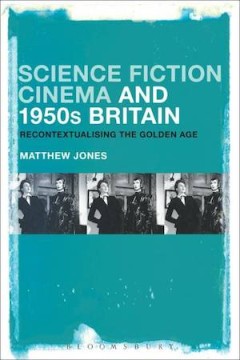
Science Fiction Cinema and 1950s Britain: Recontextualising the Golden Age
For the last fifty years, discussion of 1950s science fiction cinema has been dominated by the view that the genre reflected US paranoia about Soviet brainwashing and the nuclear bomb. However, classic films, such as Invasion of the Body Snatchers (1956) and It Came from Outer Space (1953), were regularly exported to countries across the world. The histories of their encounters with foreign aud…
- Edition
- -
- ISBN/ISSN
- 9781501322532
- Collation
- -
- Series Title
- -
- Call Number
- 791.435 JON s

Martin Scorsese's Divine Comedy: Movies and Religion
Catherine O'Brien draws on the structure of Dante's Divine Comedy to explore Scorsese's feature films from Who's that knocking at my door (1967-69) to Silence (2016). In Dante's poem in 100 cantos, the Pilgrim is guided by the poet Virgil down through the circles of Hell in Inferno; he then climbs the steep Mountain of the Seven Deadly Sins in Purgatory; and he finally encounters God in Paradis…
- Edition
- -
- ISBN/ISSN
- 9781350003279
- Collation
- -
- Series Title
- -
- Call Number
- 791.43 OBR m
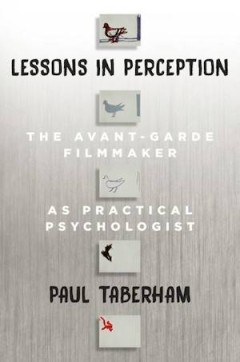
Lessons in Perception: The Avant-Garde Filmmaker as Practical Psychologist
Lessons in Perception seeks to clarify notoriously elusive themes of the avant-garde with the use of existing research from the field of psychology. There is a long-standing history of reference to psychological concepts in relation to avant-garde film, such as its unique relationship to memory, visual perception, narrative comprehension, and synesthesia. Yet direct analysis of these topics in …
- Edition
- -
- ISBN/ISSN
- 9781785336416
- Collation
- -
- Series Title
- -
- Call Number
- 791.43 TAB l
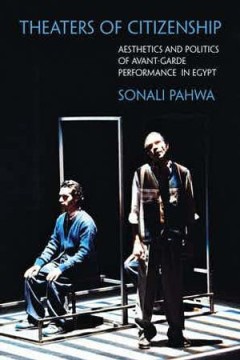
Theaters of Citizenship: Aesthetics and Politics of Avant-Gardist Performance…
Theaters of Citizenship investigates the Egyptian movement for free theater, arguing that it evolved from an avant-gardist movement to an undercommons of revolutionary cultural practice. Using historiography, ethnography, and performance analysis, the book tells a story of this avant-garde from 2004-2014, analyzing its staging of rights claims, generational identity politics, and post-revolutio…
- Edition
- -
- ISBN/ISSN
- 9780810141766
- Collation
- -
- Series Title
- -
- Call Number
- 792 PAH t
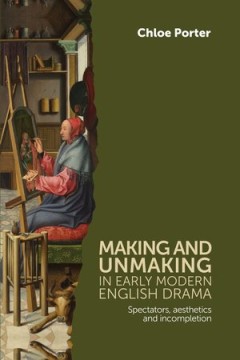
Making and Unmaking in Early Modern English Drama: Spectators, Aesthetics and…
Exploring the significance of visual things that are 'under construction' in works by playwrights. Illustrated with examples, it opens up new interpretations of the place of aesthetic form in the early modern imagination.Why are early modern English dramatists preoccupied with unfinished processes of "making" and "unmaking"? And what did "finished" or "incomplete" mean for spectators of plays a…
- Edition
- -
- ISBN/ISSN
- 9781847798916
- Collation
- -
- Series Title
- -
- Call Number
- 790 POR m
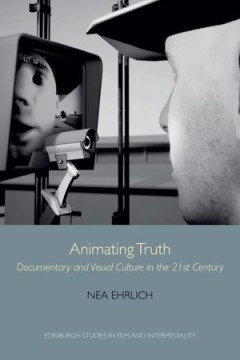
Animating Truth: Documentary and Visual Culture in the 21st Century
Animating Truth examines the rise of animated documentary in the 21st century, and addresses how non-photorealistic animation is increasingly used to depict and shape reality.
- Edition
- -
- ISBN/ISSN
- 9781474463362
- Collation
- -
- Series Title
- -
- Call Number
- 791.43 EHR a
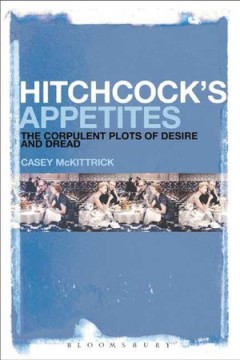
Hitchcock's Appetites: The Corpulent Plots of Desire and Dread
In Hitchcock's Appetites, Casey McKittrick offers the first book-length study of the relationship between Hitchcock's body size and his cinema. Whereas most critics and biographers of the great director are content to consign his large figure and larger appetite to colorful anecdotes of his private life, McKittrick argues that our understanding of Hitchcock's films, his creative process, and hi…
- Edition
- -
- ISBN/ISSN
- 9781501311659
- Collation
- -
- Series Title
- -
- Call Number
- 791.43 MCK h
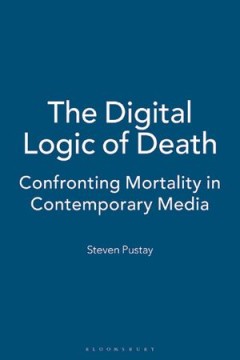
The Digital Logic of Death: Confronting Mortality in Contemporary Media
In The Digital Logic of Death, Steven Pustay skillfully makes visible the immensely important but often overlooked role that moving images play in shaping our understanding of mortality. This relationship, he argues, is made all the more urgent by the technologies of the digital age, which have profoundly altered our ability to represent and contemplate death through moving images, resulting in…
- Edition
- -
- ISBN/ISSN
- 9781501364082
- Collation
- -
- Series Title
- -
- Call Number
- 790 PUS d
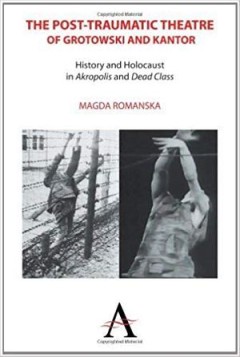
The Post-traumatic Theatre of Grotowski and Kantor: History and Holocaust in …
Despite its international influence, Polish theatre remains a mystery to many Westerners. This volume attempts to fill in current gaps in English-language scholarship by offering a historical and critical analysis of two of the most influential works of Polish theatre: Jerzy Grotowski’s ‘Akropolis’ and Tadeusz Kantor’s ‘Dead Class’. By examining each director’s representation of A…
- Edition
- -
- ISBN/ISSN
- 9780857285164
- Collation
- -
- Series Title
- -
- Call Number
- 792
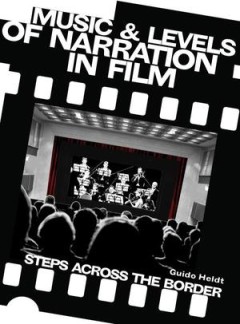
Music and Levels of Narration in Film
This is the first book-length study of the narratology of film music, and an indispensable resource for anyone researching or studying film music or film narratology. It surveys the so far piecemeal discussion of narratological concepts in film music studies, and tries to (cautiously) systematize them, and to expand and refine them with reference to ideas from general narratology and film narra…
- Edition
- -
- ISBN/ISSN
- 9781783202102
- Collation
- -
- Series Title
- -
- Call Number
- 791.43 GUI m
 Computer Science, Information & General Works
Computer Science, Information & General Works  Philosophy & Psychology
Philosophy & Psychology  Religion
Religion  Social Sciences
Social Sciences  Language
Language  Pure Science
Pure Science  Applied Sciences
Applied Sciences  Art & Recreation
Art & Recreation  Literature
Literature  History & Geography
History & Geography